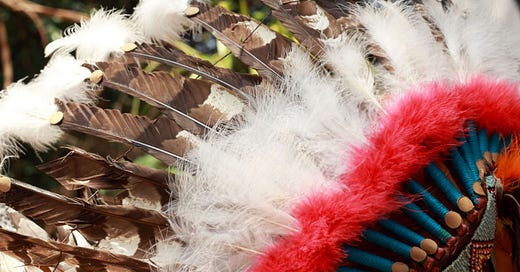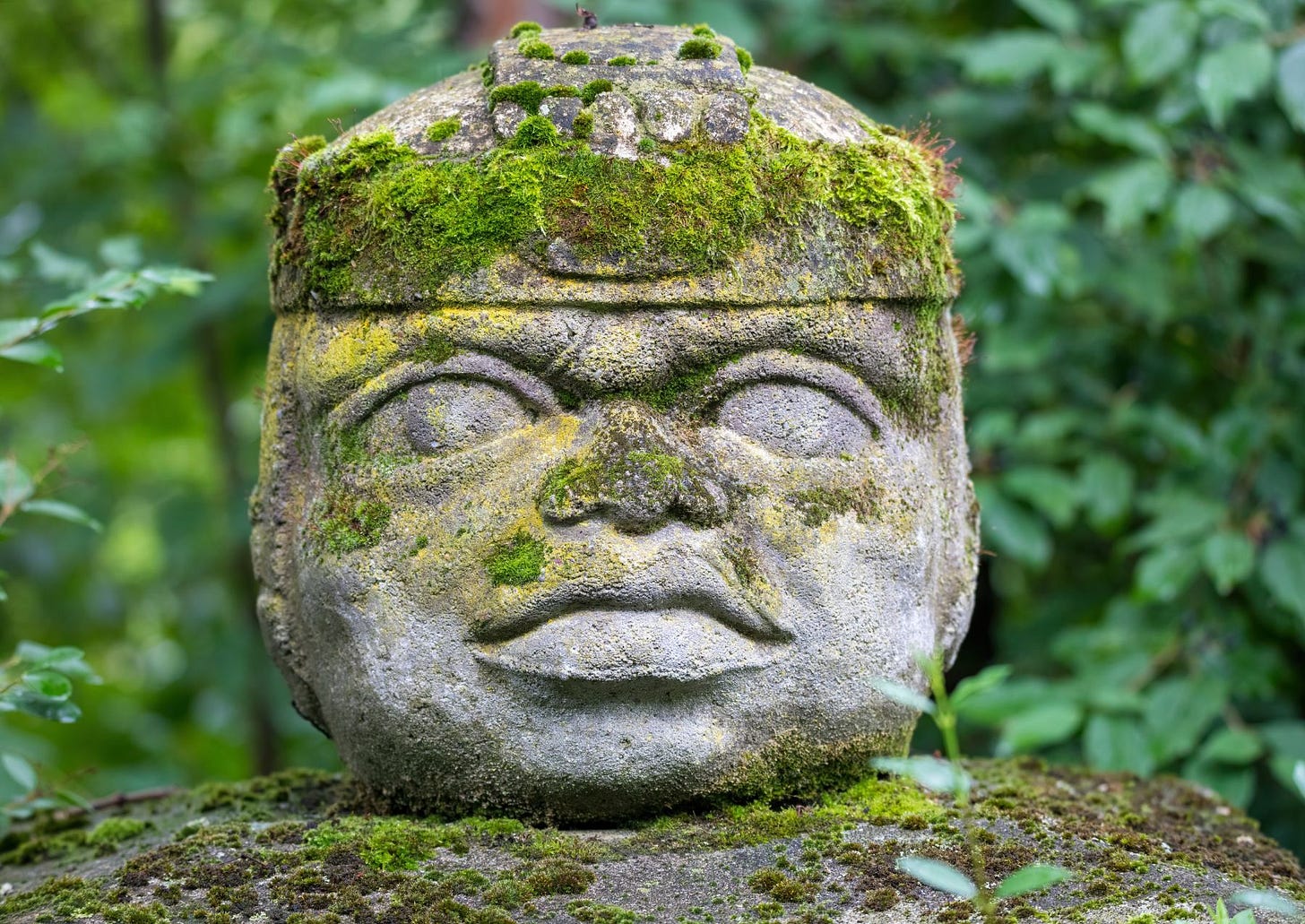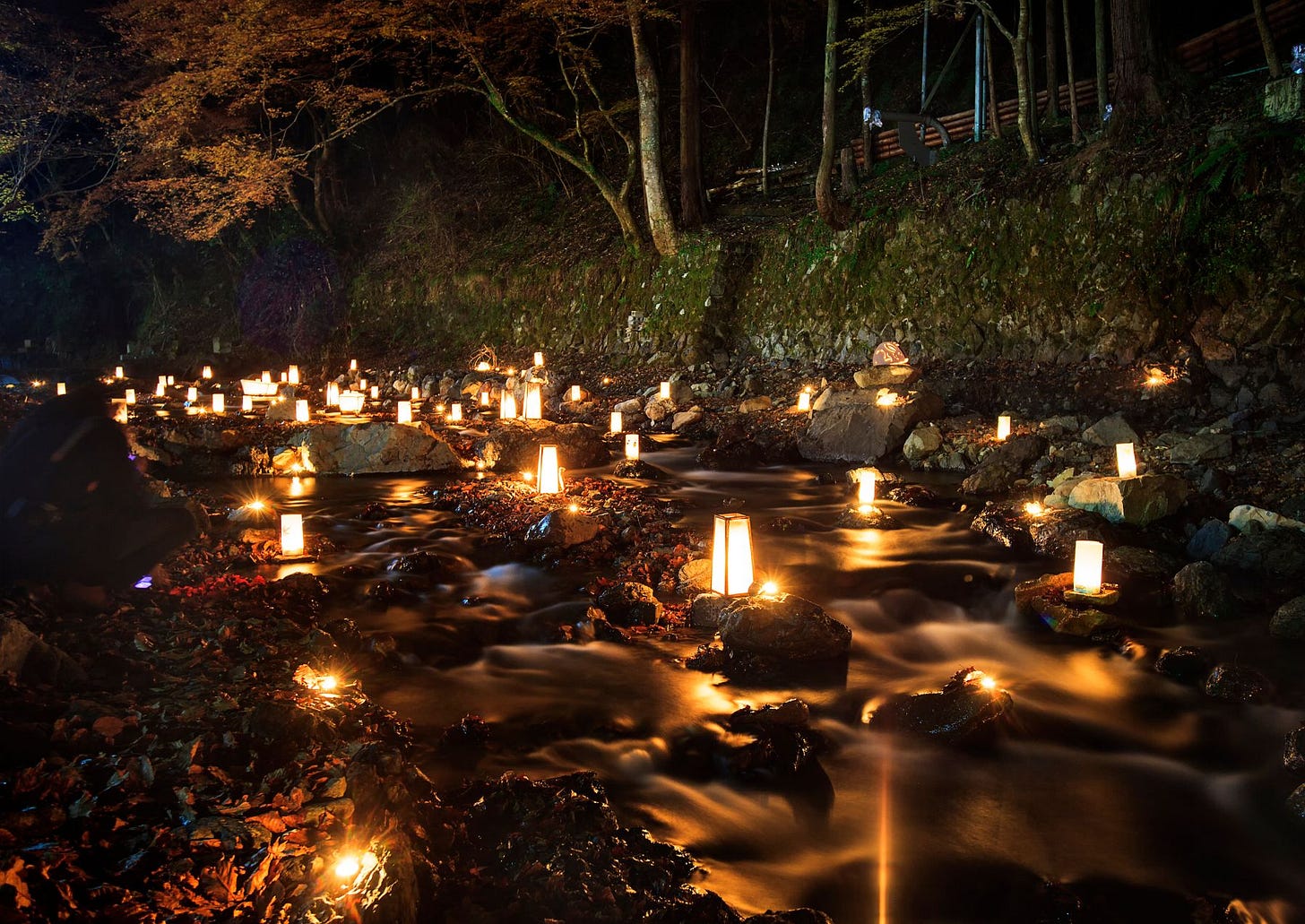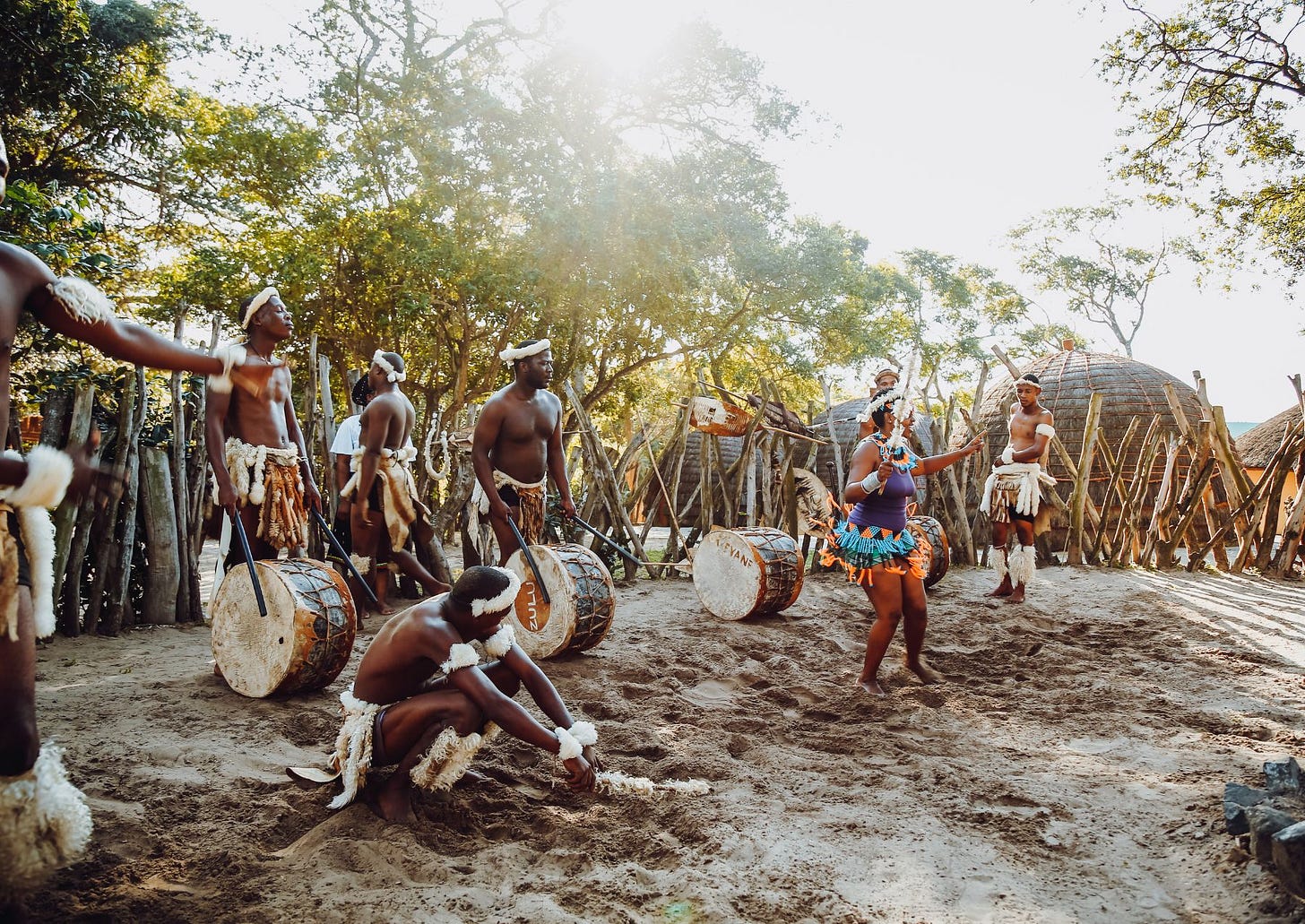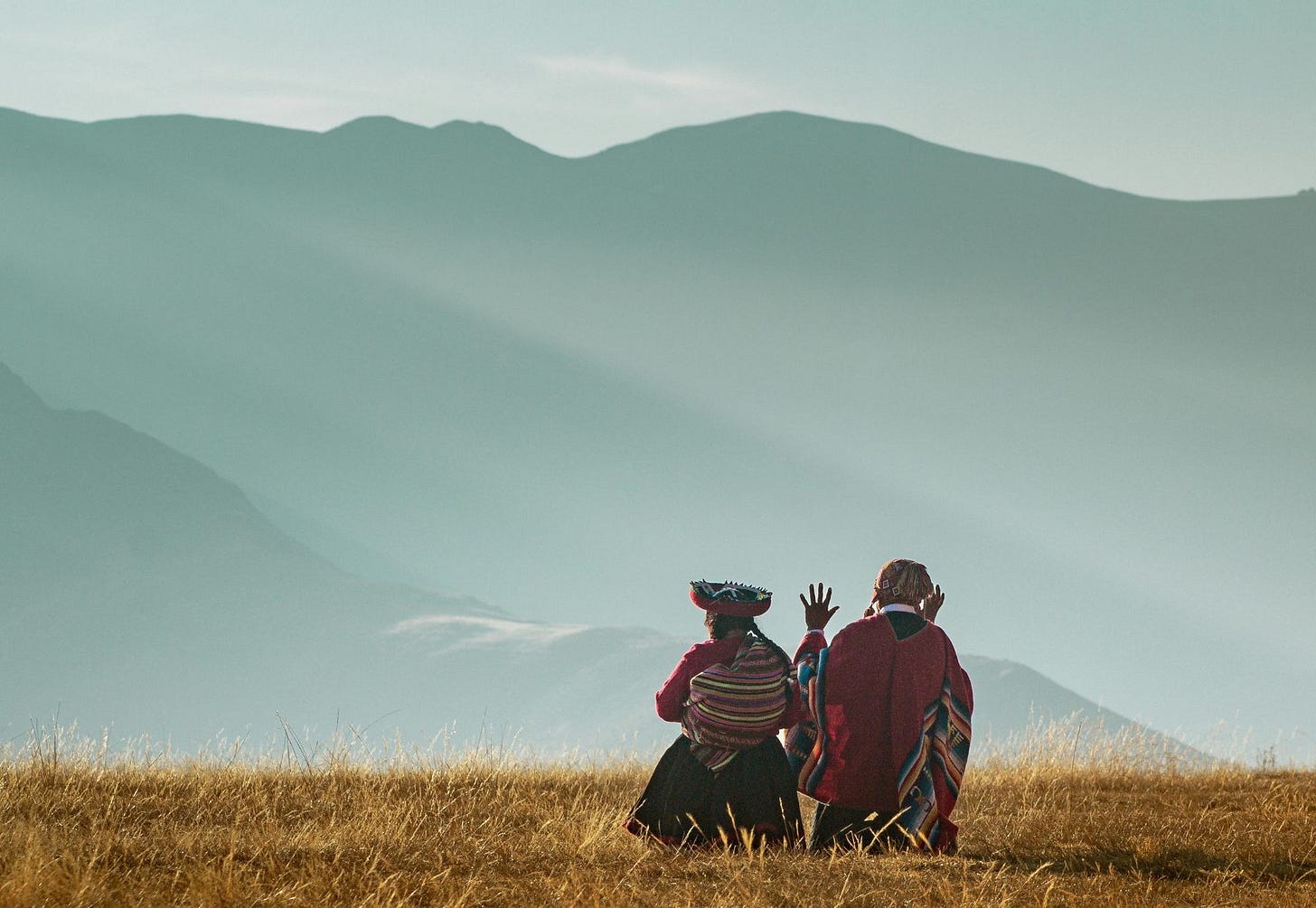It’s funny, the way history gets told. Like it’s a straight line, like it’s a neat little story with a beginning, middle, and end. But the truth? The truth is messy. The truth has layers, contradictions, hidden doorways. And the deepest truths—the ones that shift everything—aren’t in textbooks. They aren’t in the classroom slideshows or the museum plaques.
The deepest truths live in the cracks, the spaces between words, in the things left unsaid.
So take this journey with me. Set an intention to dive deep. To open your heart space. Get comfortable. Light a candle. Burn some incense. Ground. And meet me with an open mind. Let’s talk about the history they don’t want you to remember.
Before the Land Bridge, There Were Us
You’ve heard the story, right? That the first people to step onto the land we now call the Americas came over a frozen land bridge from Siberia. That they walked across ice and tundra and settled here, becoming what we think of today as Native American tribes.
It’s not wrong. But it’s not the whole story.
Because before that—before the ice, before the Siberian migrations—there were already dark-skinned people here. People who had been here, not for a couple of centuries, not for a couple of thousand years, but for tens of thousands of years.
Dr. David Imhotep, in The First Americans Were Africans, lays it out: Africans were sailing across the Atlantic long before Columbus, before the Vikings, before any of the usual suspects. They weren’t lost, they weren’t drifting. They knew where they were going. They had maps, knowledge of the currents, the winds, the stars.
And they weren’t just arriving in the Americas. They were living here. Thriving here. Building here. The bones tell the story—ancient skeletons found in places like South Carolina and Brazil, with skull shapes and DNA that trace back not to Mongolia, not to Europe, but to Africa and Australia.
So the question isn’t if Africans were here first. The question is—why don’t they want you to know?
The Olmecs, The Moabites, and the Civilizations They Don't Teach You About
Fast forward to around 1200 BCE, and we find the Olmecs—the mother civilization of Mesoamerica. The people who laid the groundwork for the Mayans, the Aztecs, the entire culture of Central America.
But here’s the thing: when you look at their art, their sculptures, the way they built—something else is there. The heads. Giant, beautifully carved stone heads, some over 10 feet tall, with broad noses, full lips—features that don’t match what we think of as "Native American" but look an awful lot like West Africans.
Ivan Van Sertima called it out in They Came Before Columbus. The Olmecs, he argued, weren’t just influenced by Africa. They were African. African traders, travelers, settlers who came over on ships, bringing their culture, their science, their ways of being.
But they weren’t alone.
The Moabites—yes, those Moabites from the Bible, the ones from the ancient lands east of the Dead Sea—migrated too. First into North Africa, blending into the cultures that would later become the Moroccan Empire, and then, as oral histories tell it, across the Atlantic. They traveled before the ocean was even shaped the way it is now. Before great seismic shifts swallowed lands whole and turned mountains into islands (more on that story I’ll share in a few days).
And this isn’t just theory. The Moroccan Empire itself recognized its influence reaching far beyond Africa. The connection between the Moors and the Americas isn’t some wild guess. It’s written into treaties, into laws, into the foundations of early American governance.
The Moors and the Erased Influence on the Americas
The Moors—who ruled Spain and Portugal for nearly 800 years—brought knowledge, science, philosophy, architecture, and navigational mastery. And when they were expelled from Europe, many of them didn’t just disappear. They moved. They traveled. Some of them found their way to the lands their ancestors had already been reaching for generations: the Americas.
Think about this: The oldest maps of the Americas, the ones that existed before Columbus “discovered” anything, were Moorish maps. The sciences that made transatlantic travel possible? Moorish sciences.
There are records—quiet, tucked away in archives—of Moors in the early Americas, of their influence in trade, in governance, even in the early days of what would become the United States. But the history books won’t tell you that. This is why we must always do our own research and not just take what is spoon-fed to us. Narratives are usually shaped by those in, or wanting to assert power, i.e. the colonizers and the phrase, "history is written by the victors". We must always ask what the intention is of the source sharing this story? Could there be an ulterior motive? What are the stories told by the oppressed? By the elders? Psychological warfare is the greatest tool to manipulate the populous, and I will also share more about that as it aligns in the future.
The Transatlantic Slave Trade: The Myth of Mass Importation
Now, here’s where things get even more twisted.
They tell us that millions of Africans were imported to the Americas through the transatlantic slave trade. That entire populations were uprooted and brought to this land against their will. And while the slave trade was absolutely real—brutal, horrific beyond words—the numbers don’t add up the way they tell us.
The reality? Most Black people in the Americas today did not come from slave ships.
Because Black people were already here.
Some were enslaved, yes. But not brought over—already here.
The transatlantic slave trade didn’t need to import millions upon millions of Africans because they were already on these lands, living among the Indigenous nations, building civilizations, ruling as sovereign people. And that fact had to be erased. Had to be rewritten. Because if they admitted that Black people were native to the Americas, the whole colonial narrative would fall apart.
Indigenous Tribes That Black People Descend From
So what about now? Where do these erased histories live in today’s world?
In the names of some of the Indigenous tribes that many Black people don’t even realize they descend from:
The Yamasee – A powerful nation of the southeastern U.S., many of whom were Black-skinned, living alongside and intermarrying with other Native nations before the Yamasee War pushed them into hiding.
The Washitaw – An ancient Indigenous Black civilization with roots deep in North America, recognized in various indigenous records but ignored by mainstream historians.
The Blackfoot – A widely known tribe, yet its darker-skinned members often go unrecognized in the official narratives.
The Choctaw and Chickasaw Freedmen – Many Black people today descend from Indigenous communities that were forcibly reclassified as “freedmen” rather than full tribal members after colonization.
Your great-great-grandparents might not have come from Africa at all. They might have been Black and Indigenous, living on this land long before the ships ever arrived. Ask your elders. Go to the National Archives and search the DAWS Registry. Go to your local town archives and pull up records. You owe it to your ancestors—to you descendants.
To share my own story, I worked with a genealogist and my father, to track historical records and archives and follow the trails of my living relatives and ancestors to discover their true heritage on my paternal side. I am Choctaw, Chickasaw, and Cherokee. Full blood Indigenous to the Americas on my paternal side.
Why They Don’t Want You to Know
It’s one thing to say that African people were brought to the Americas as slaves.
That’s a narrative that serves a system.
It keeps the story contained. It makes sure that Africa is always seen as the past, not the source.
But to say that Africans were here first? That they were explorers, rulers, builders? That flips the whole script.
Reclaiming the Story
This isn’t about asking for validation from Western academia. It’s about remembering.
It’s about listening to the elders, the oral histories, looking up historic records, the knowledge that was never lost—just buried.
Because when you know where you come from, no one can tell you where you belong.
And when you see through the illusion, you understand—you were never meant to just survive this world.
You were meant to shape it.
So now you know the truth. Will you take it? Will you allow it to transform you?

